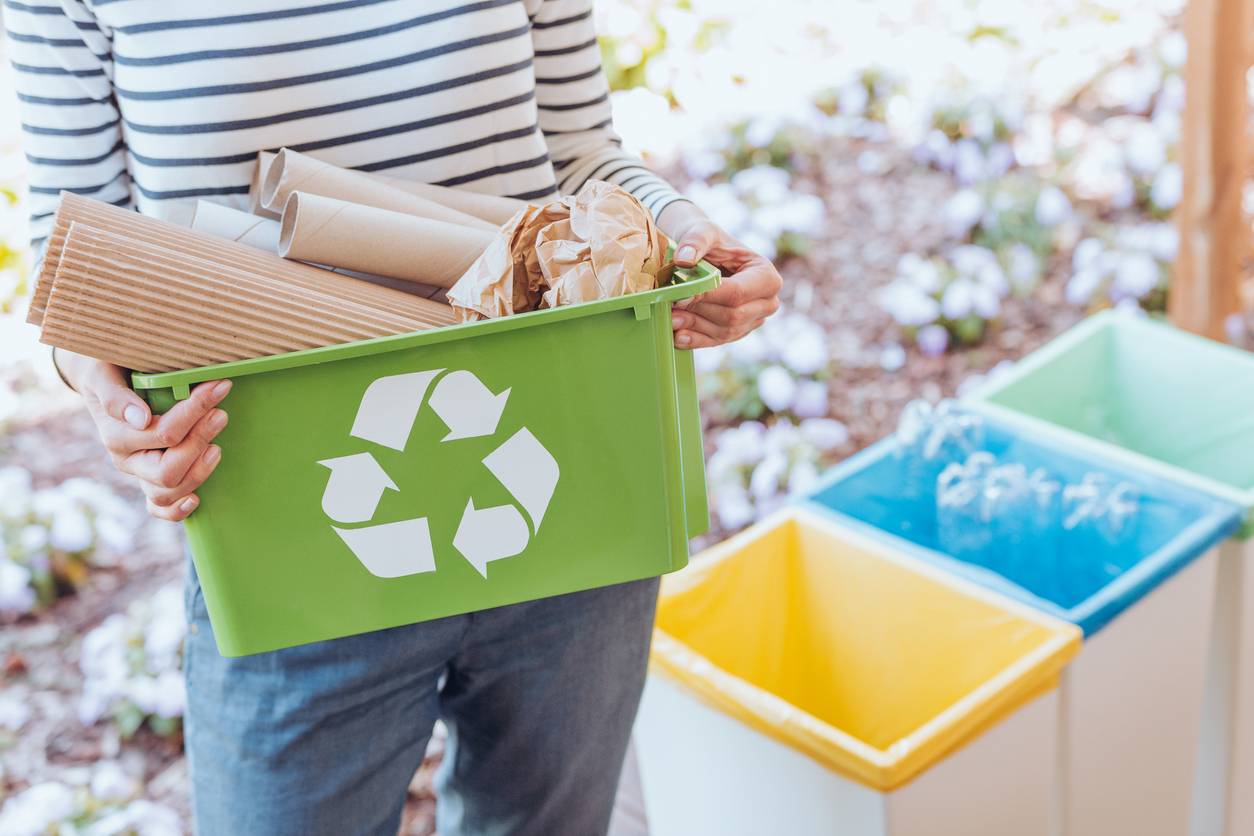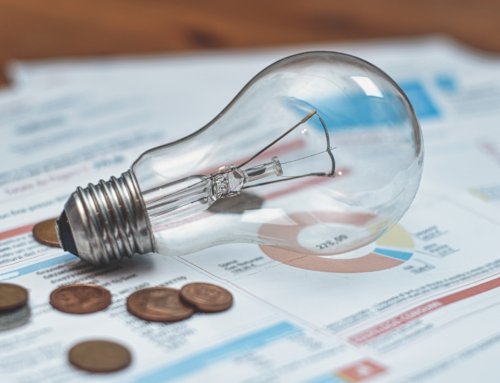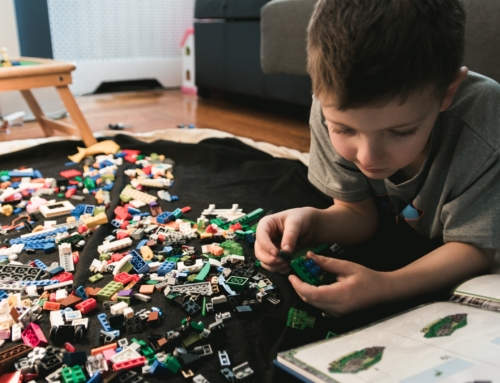
Living sustainably seems like a difficult task, but it doesn’t have to be. This sustainable living guide will show you it’s a series of small steps and habits. Check out our simple tips below to get started!
How to Make Your Home More Sustainable
The first part of our beginner’s guide to sustainable living shows how you can make a huge environmental impact by changing a few small things around your home.
1. Use LED Bulbs
LED bulbs use 75% less energy and can last 25 times longer than conventional bulbs.
2. Use Energy-Efficient Appliances
There are energy-efficient versions of almost all home appliances. Explore this list of energy-efficient products for more information.
3. Install a Smart Thermometer
This tool can prevent you from having your AC or heater on for too long, ultimately saving energy. You can pre-program it to turn on when your house hits a certain temperature or for a specific time of day.
4. Install Solar Panels
If you can afford it, install solar panels to create a renewable energy source. Your local energy company may even have an energy-saving plan to fit your needs.
5. Make Sure Your Home Is Insulated/Sealed
If your home isn’t properly insulated, heat can escape, requiring you to either have your heat on longer or turn your heat up, both of which mean more energy consumption. You should also make sure your windows and doors are sealed properly for the same reason.
6. Buy Recycled/Thrift Store Furniture
When getting furniture for your home, you can buy new furniture made of recycled materials or buy from a thrift store.
7. Maintain or Replace Your Water Heater
Keeping up with your water heater’s maintenance or replacing it when it gets too old will make it as efficient and environmentally friendly as possible.
8. Use Curtains Instead of Blinds
If you struggle to keep cool in the summer, replace your blinds with heavy curtains. You’ll be surprised at the temperature difference.
9. Get a Low-Flow Shower Head/Toilet
A low-flow shower head can save you between 25 and 60% of water. For this same reason, you should invest in a low-flow toilet.
10. Install a Bidet
Toilet paper is one of the many reasons deforestation occurs. In America, a single person uses 633.78 miles of toilet paper over their lifetime! A bidet can eliminate the need for paper while still keeping you clean.
11. Update Your Power Strips
Keep your energy usage efficient by updating all your power strips. Older versions can cause “phantom power loss,” which means energy is taken even when you’re not using it.
12. Get a Home Energy Audit
A home energy audit can help you pinpoint where you’re using the most energy. Read more about our best home energy saving tips.
13. Get a Water Filter
You can save on plastic use by drinking tap water. Understandably, tap water may not be appealing, so install a water filter instead of buying disposable water bottles and jugs.
14. Create a Garden
If your climate allows it, create a more self-sustained living by having an organic garden to get fresh, local produce or flowers. This also helps the bee population and reduces carbon emissions.
15. Change Your Outside Landscape
You can also do xeriscaping, which is using native plants, gravel, and similar materials to create a yard that doesn’t require a lot of water to maintain.
19 Ways to Be Sustainable in Everyday Life
A sustainable living guide wouldn’t be complete without tips on daily habits. Below you will find 19 habits you can incorporate into your regime to kickstart your new sustainable lifestyle.
1. Be Mindful of How You Use Water
Turn off the water while brushing your teeth or washing your hands and face. Take shorter showers and only use your washer and dishwasher when they’re full.
2. Hang a Clothesline
If you live in a sunny climate, skip the dryer completely and create and use a clothesline.
3. Collect Rainwater
Another way to enjoy self-sustained living is collecting rainwater. While you can’t drink it, it’s perfect for other water needs, such as watering your plants.
4. Use Zero-Waste Toiletries
Replace your single-use toiletries with reusable ones. You can also replace plastic toothbrushes with bamboo or wooden ones.
5. Don’t Throw Out Old Clothes
In 2018, 9,070 tons of clothing were tossed into landfills thanks to fast fashion. It’s much better for the environment to sell or donate unwanted clothes than throw them away.
6. Do More Thrift Shopping
Speaking of donating or selling old clothes, a tip for sustainable fashion is to do more thrift shopping. Just because they were unwanted by their previous owner doesn’t mean they’re bad. You can also look for sustainable clothing brands.
7. Turn Old Clothes into Something New
If you have sewing skills, you can turn unusable clothes into something new, like napkins, bags, or whatever else you can think of!
8. Use Eco-Friendly Cleaning Products

Use eco-friendly cleaning products instead of conventional ones filled with chemicals that harm the environment.
9. Make a Compost Bin
Instead of throwing away food, create compost! It’s easy to create a compost bin, and you can then use your compost to nourish your garden.
10. Use More Reusable Products
Replace single-use products with reusable ones such as bottles, tableware, food containers, and straws. Also don’t forget your reusable bags when you go shopping!
11. Walk and Bike More
Instead of driving to nearby places, take the time to walk or bike there.
12. Use Public Transportation
When somewhere is too far to walk or bike, try public transportation. This keeps fewer cars on the road and, therefore, less traffic, minimizing damage to the atmosphere.
13. Buy an Eco-Friendly Car
If you can’t avoid using a car, and you have the money, invest in an eco-friendly car.
14. Be an Advocate for the Environment
Without sounding pushy, you can encourage people in your personal and professional networks to make their own small changes to make the planet healthier.
15. Eat Less Meat and More Plants
Did you know animal agriculture is one of the most destructive industries for the planet? Try swapping out a meal or two with plant-based products instead.
16. Turn Off Lights and Unplug Electronics
It’s a bad habit we all have, but remember to turn off lights when you leave a room and unplug any electronics you aren’t using.
17. Recycle
This probably doesn’t need to be said, but just in case you haven’t been recycling, make sure to start!
18. Buy Certified Sustainable Products
Take the time to make sure the products you’re buying are Fairtrade Certified or Non-GMO Project Verified.
19. Go Paperless
If you haven’t already, opt to go paperless for bills and receipts.
Become a More Sustainable Traveler
If you love to travel, sustainability is still an option! Keep reading for sustainable traveling tips.
1. Be Mindful of How Much You Fly
Airplanes are a huge source of harmful emissions, and due to their convenience, they’re often overused. When traveling, decide whether or not you have to fly or if you can use a bus or train. If you do have to fly, take as many direct flights as possible.
2. Try Carbon-Free Transportation
Just like in your daily life, think about how you can reduce your carbon use while traveling. This can include walking, biking, or even kayaking to destinations.
3. Stay Sustainable While Traveling
Keep using reusable products while traveling, like your water bottle and toiletries, and stay mindful of how much water you use.
4. Leave No Trace
“Leave No Trace” is a series of principles you should follow where there’s no evidence of you being somewhere while traveling. Leave a place how you found it, or better yet, pick up trash and leave a place better than you found it!
5. Do Research on Touring Companies
Before hiring any touring companies, take the time to research them. Do they have sustainable practices, support wildlife, and use local guides?
Protect the Environment with Spring Power and Gas
Still looking for ways to live sustainably? With Spring Power and Gas, you can help the environment without sacrificing the everyday convenience of electricity. For each customer we make a contribution to fund environmental charities and carbon offset programs.






